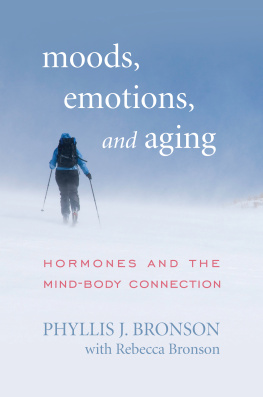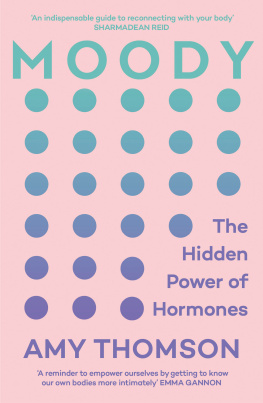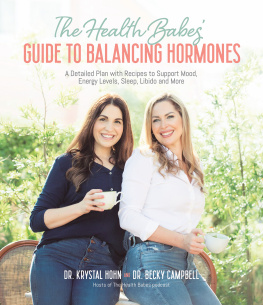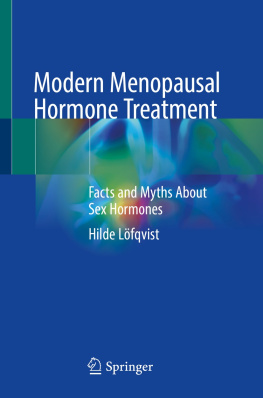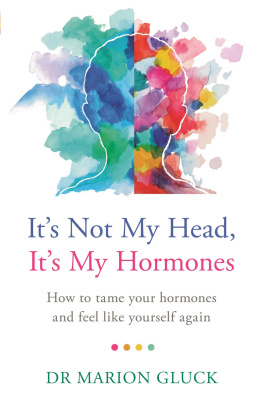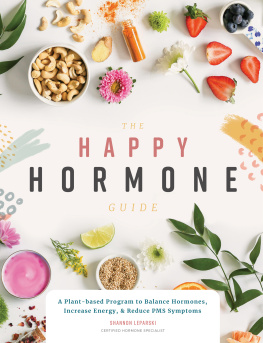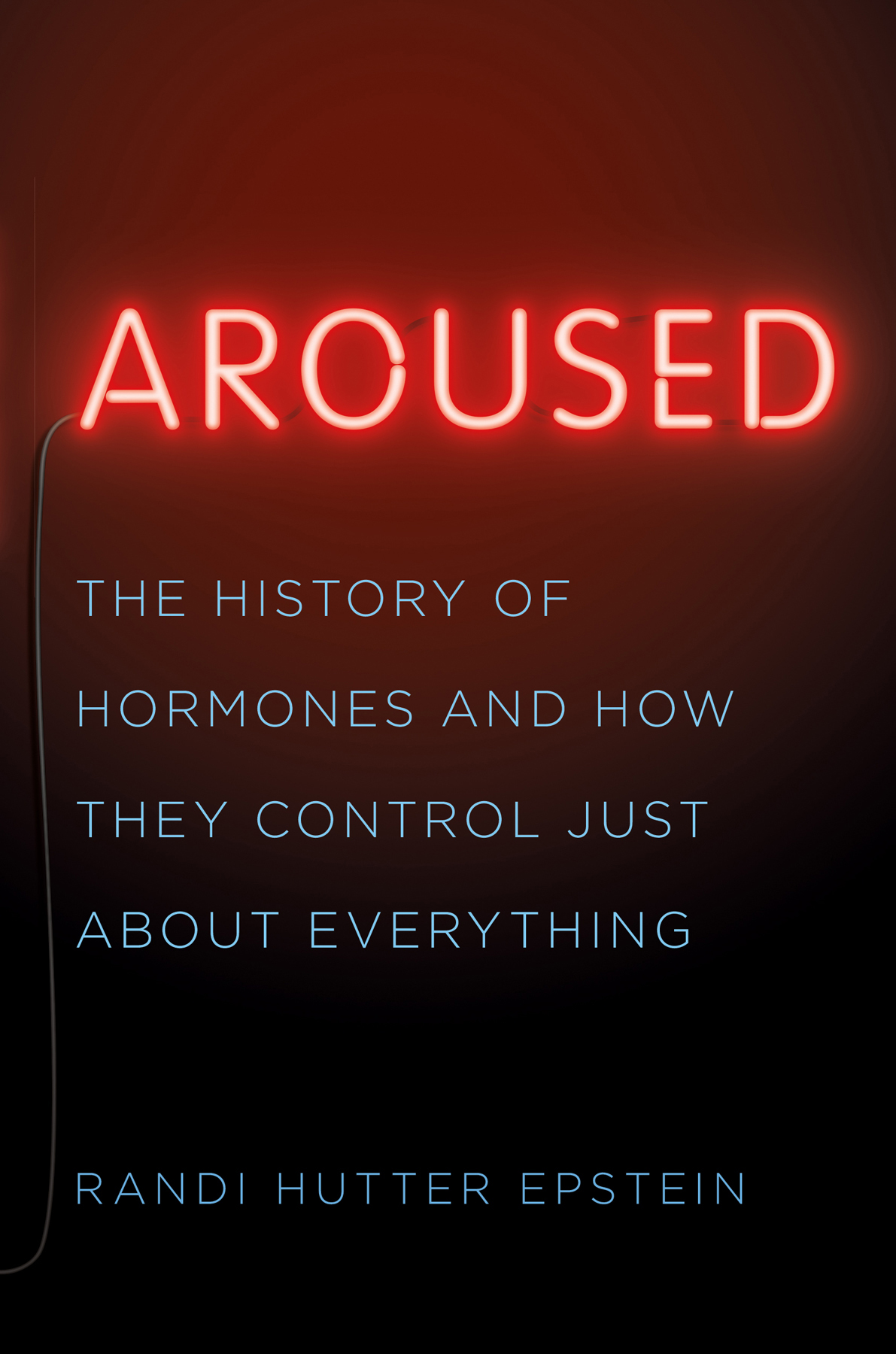Contents
Guide
Page List
ALSO BY RANDI HUTTER EPSTEIN
Get Me Out: A History of Childbirth from the Garden of Eden to the Sperm Bank
Copyright 2018 by Randi Hutter Epstein
All rights reserved
First Edition
For information about permission to reproduce selections from this book, write to Permissions, W. W. Norton & Company, Inc.,
500 Fifth Avenue, New York, NY 10110
For information about special discounts for bulk purchases, please contact W. W. Norton Special Sales at specialsales@wwnorton.com or 800-233-4830
Book design by Ellen Cipriano
Production manager: Lauren Abbate
JACKET DESIGN & ILLUSTRATION BY ZOE NORVELL
The Library of Congress has cataloged the printed edition as follows:
Names: Epstein, Randi Hutter, author.
Title: Aroused : the history of hormones and how they control just about everything / Randi Hutter Epstein.
Other titles: History of hormones and how they control just about everything
Description: First edition. | New York : W. W. Norton & Company, 2018 | Includes bibliographical references and index.
Identifiers: LCCN 2017061090 | ISBN 9780393239607 (hardcover)
Subjects: | MESH: Hormoneshistory | Hormonesphysiology
Classification: LCC QP571 | NLM WK 11.1 | DDC 612.4/05dc23
LC record available at https://lccn.loc.gov/2017061090/
ISBN 978-0-393-65111-9 (e-book)
W. W. Norton & Company, Inc., 500 Fifth Avenue, New York, N.Y. 10110 www.wwnorton.com
W. W. Norton & Company Ltd., 15 Carlisle Street, London W1D 3BS
For Stuart
&
Jack, Martha, Joey, Eliza
Contents
I N THE SUMMER OF 1968, I spent a lot of time at my grandmothers pool, the Sprain Brook Country Club in Yonkers, New York. My grandmother Martha and her three friends (always the same foursome) sat in the shade, playing canasta, drinking hot coffee, and smoking Kents.
Id swim with my older brother and sister, but mostly my sister and I sunbathed, our bodies slathered in Johnsons baby oil, our heads tucked into the crack of an album cover that we had wrapped in aluminum foil, trying to grab the suns rays.
On the way home, my sister and I would hold our arms side by side. She always had a decent tan; I, a redhead, was consistently the color of a ripe tomato, the kind of burn that peels off the next day. But Grandma Martha was spectacularly bronzed. She seemed to absorb the best rays without even trying.
Five years later, we learned that our grandmother didnt have a particular aptitude for sunbathing. She had a hormone problem: Addisons disease. Her body wasnt producing enough cortisol, a hormone that helps maintain a healthy blood pressure and strengthens the immune system. People with Addisons disease suffer from extreme fatigue, nausea, and low blood pressure, sometimes dangerously low. The disease also darkens skin. Once she was diagnosed, the treatment was easy. She took daily cortisone pills, which contain a hormone chemically similar to cortisol, the one she was missing.
When my grandmother was born in 1900, the word hormone didnt exist. It was coined in 1905. By the time she got sick, in the 1970s, scientists had a way to spot her hormone defect, measure her hormones down to a billionth of a gram, and prescribe pills that kept her illness at bay.
In 1855, Claude Bernard, a renowned physiologist, had a hunch that the liver had something to do with preventing wild swings in sugar levels in the body. He had been studying digestion and had already discovered that the pancreas releases juices that break down food. To test this, he fed a dog a diet of meat and no sugar. Then he killed it, immediately removed its liver and tested the still-warm organ for sugar, a few minutes later and again several hours after that. Much to his delight, the sugar level in the dogs liver started at practically zero but continued to rise. (Even though the dog was dead, the liveras do other organskept functioning for a few days; thats why transplants work.)
Bernard announced to his colleagues that the liver must contain a chemical that stores and produces sugar. But he also proclaimed that all organs, not just the liver and pancreas, release substances that keep the body running smoothly. He called these chemicals internal secretions. It was a new way of thinking about the body.
Many historians consider Bernard the father of endocrinology. I dont. The real pioneers recognized that these chemicals arent just internal secretions. They play a more important role. They arouse. They excite receptors on target cells, flipping switches that get things going.
I delved into the history of hormones because the last century has been a period of incredible discovery and also outrageous claims. In the 1920s, the discovery of insulin and its use as a treatment changed diabetes from a death sentence to a chronic disease. In the 1970s, a test for thyroid hormone among newborns prevented thousands of children from growing up intellectually disabled. At the same time, there were wild missteps. Vasectomies were promoted as a treatment to rejuvenate elderly men, a fad that lasted nearly a decade beginning in the mid-1920s. Not long after that, a doctor who treated the literati claimed he could detect hormone ailments by studying peoples faces, and prescribed hormone-based remedies. It was hocus-pocus combined with potent and potentially dangerous treatments.
Aroused tells the stories of daring scientists and also of desperate parents. In the days before sophisticated imaging techniques, an early twentieth-century neurosurgeon performed brain operations to remove bits of a gland that he thought would staunch diseases caused by an overdose of hormones. In the 1960s, one couple scoured pathology labs and morgues to get growth hormone for their short son. Aroused is also the story of curious shoppers, dying (sometimes literally) to tap into the hormone hype in order to live a little longer or feel a little better. I begin with doctors in the late 1800s scrounging the glands of cadavers, some of them stolen from graveyards. I culminate with scientists tracking hormone pathways right down to the genes that make them.
How did we discover that growth hormone isnt just for growing? When did we learn that the testes and ovaries are controlled by a hormone in the brain? Does the recently discovered hunger hormone mean its not really my lack of willpower but my own chemistry nudging me to binge? And if so, is there really a difference between the two? I am my chemistry, after all. And what do the newest studies say about hormones being used today: the testosterone gels popular among aging men and hormone replacement therapy for menopausal women?
Aroused starts in the prequel to hormones, when nineteenth-century medical practitioners began to eye the chemical-secreting glands scattered throughout the body. That research led to the concept of hormones in the early 1900s. By the 1920s, the fieldendocrinologyhad exploded from an obscure science to one of the most widely discussed medical specialties. In addition to the discovery of insulin, estrogen and progesterone were isolated. At the same time, advice books flourished promoting all kinds of wacky remedies.
If the Roaring Twenties was endocrinologys coming-out party, the era when it gained popularity for both real and quack cures, the 1930s cemented its role as a serious science. Three pivotal advances in biochemistry debunked dogma of years past. It had been thought that estrogen and testosterone were wildly different substances, but researchers in this decade discovered that they differ by only one hydroxyl group: thats just one hydrogen atom and one oxygen atom. Estrogen and testosterone are basically fraternal twins in different clothing. Secondly, when estrogen was finally isolated, from horse urine, it came not from females but from excretions of stallions. Scientists had assumed that ovaries make estrogen and testicles make testosterone; this discovery prompted scientists to realize that both make both. And lastly, investigators had thought that estrogen and testosterone were antagonistic chemicals: like kids on a seesaw, the rise of one pushed the other down. But really, the two chemicals are not antagonists at all, but partners that often work in cahoots.


